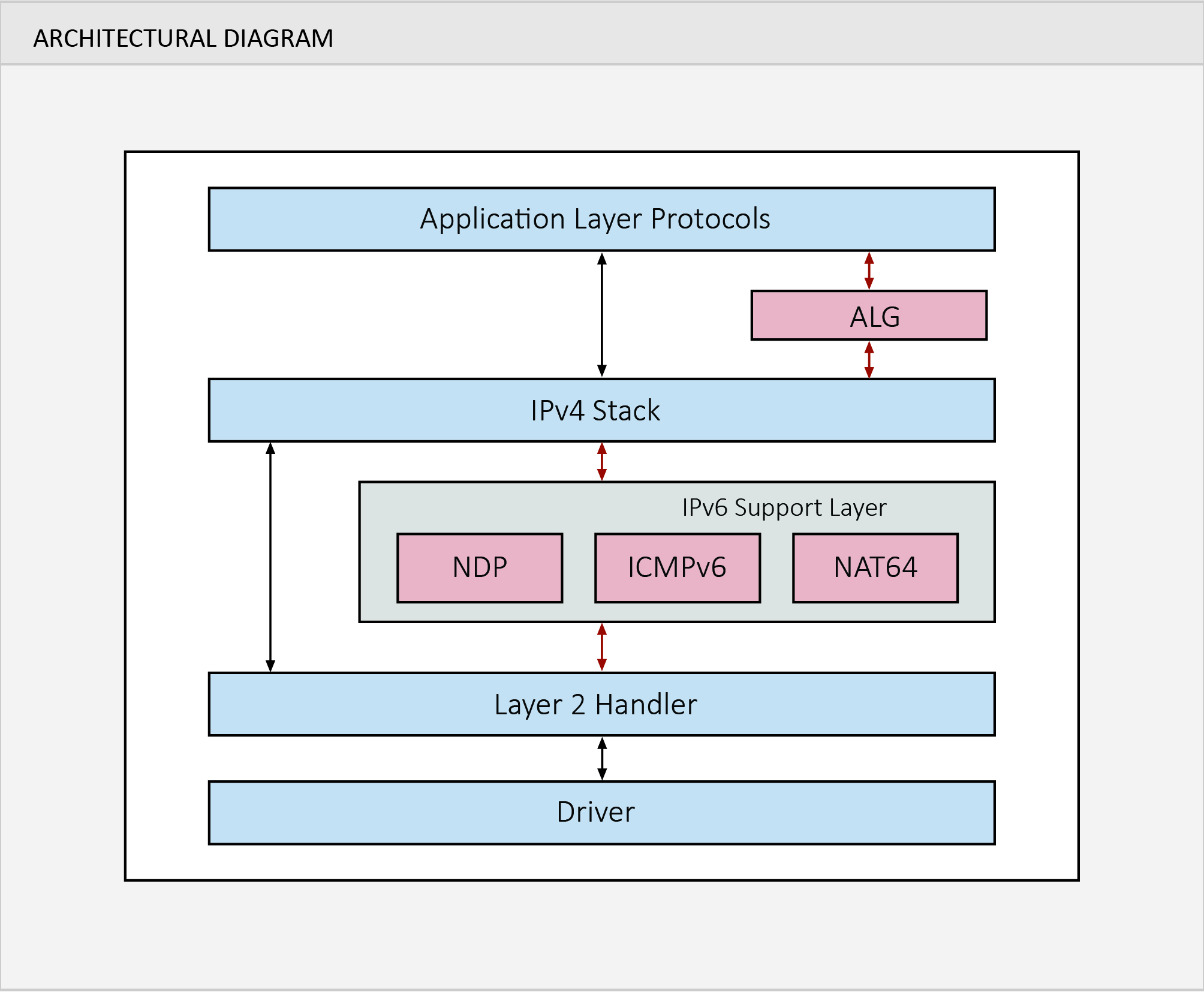The IPv6 transition mechanism is progressing exponentially in consequence of IPv4 exhaustion coupled with enhanced security, mobility and cost-effectiveness offered by IPv6 networks. A major player in the European telecom market desired to jump on the bandwagon with an IPv6 stack for its EFM DSL Network Termination Units. ThinkPalm took up the challenge of developing the IPv6 stack on a PSOS operating system that solely supported IPv4, leveraging NAT64, NDP and ALG technologies. Care was taken to ensure that no alteration was brought about to the existing application level protocols and other supporting functionalities, consequently reducing the product development and testing time considerably! With the integration of IPv6 stack with the current system, the device can now be seamlessly managed with both IPv4 and IPv6 networks.
BUSINESS NEED
In today’s networking world where IPv6 support is proving to be mandatory for the management of network equipments, IPv6 support in the devices purchased is a prerequisite for a significant customer segment. Our end customer’s network termination unit supported IPv4 alone, limiting its management by IPv4 networks alone. ThinkPalm aimed at upgrading the currently deployed network from IPv4 to IPv6, without affecting the existing infrastructure. Since the already existing protocols required little change, the cost of development and time to market of the client were reduced substantially.
CHALLENGES FACED
Few hurdles on our pathway to success were the intricate NAT64 implementation, ALG translation on application protocol parameters and L2 driver modification, that allows the choice between the existing IPv4 stack and the newly implemented IPv6 stack. The requirement to restrict the modifications on the existing application layer protocols was daunting as well. The solution also required our team to imbibe the concepts of PSOS operating system, TCP/IP and network application protocols – a challenge accepted and overcome triumphantly by our technically adept team.
IPv6 SUPPORT ON PSOS
The IPv4 stack interface was modified to accommodate NAT64, a mechanism allowing a node in an IPv6 network to communicate with a node in an IPv4 network and vice versa. A NAT64 translator was employed to translate IPv4 addresses into the equivalent IPv6 addresses and reverse. The existing network infrastructure was subjected to minimal alterations while integrating the technology. NAT64 implementation was accompanied by Neighbor discovery protocol (NDP), ALG and Path MTU Discovery incorporation. The ALG mechanism that operates between transport layer and application layer, translates the application protocol parameters that are specific for IPv4 network stack, into the equivalent IPv6 counter parts. The existing application layer protocols will continue utilizing the IPv4 address, but after converting the configured IPv6 address to IPv4 format internally. A modification in Layer 2 was brought about to determine whether packets are to be sent to IPv4 stack or IPv6 stack, depending on the IP mode configured.

BENEFITS
ThinkPalm made it possible for the telecom major to operate their devices with both IPv6 and IPv4 networks. The achievement is in tandem with absolutely nil alterations in the existing application software and application level protocols for supporting IPv6. The Command Line interface, WEB interface and SNMP interface were subjected to minor changes in the design. With our solution, devices can continue operating as IPv4 devices, switch smoothly between IPv4 and IPv6 modes and are backward compatible to IPv4 mode, bringing about significant time saving in software development and testing.
Download the PDF now! IPv6 Support on PSOS
